5 Compelling Reasons to use your Camera’s Live View Mode
One evening while I was out photographing, I had set up an awkward, uncomfortable photography composition that kept me looking through my viewfinder. I had to almost shoot blind, twist in ways only a gymnast should, and hope I got the shot. This was before I realized that I could be using the camera’s live view mode to better see what was set up in my shot. For a while, I was told that live view mode on your camera drains your battery and has no place in landscape photography. While it does indeed drain your battery, I’ve learned that I simply cannot live without it.
There are many reasons why nature photographers may want to use their camera’s live view mode over the viewfinder. Here are some of the reasons why I find live view mode indispensable on my camera.
#1: Assisting with Landscape Photography Composition
For one, you can see your landscape photography composition right before your eyes (with no guessing) and you can adjust accordingly. Most camera’s live view mode also shows 100% of the scene while many optical viewfinders, especially on consumer cameras, show a slightly cropped scene. Some cameras will display photography composition assist grid lines during live view so you can really see if your landscape photography composition is balanced or follows the rule of thirds.
In addition to this photography composition assist grid, some cameras also offer a leveling feature within live view so you don’t have to use additional bubble levels on the hot shoe mount of your camera to get your horizon perfectly leveled.
#2: Getting Tack Sharp Focus Every time
My primary use of live view is for getting sharp focus. For nature photographers whose eyesight is less than ideal like mine, the viewfinder can often be difficult to use. When using your camera’s viewfinder you may think your subject is sharp, it may end up being soft and out-of-focus.
Focus assist technology such as focus peaking and focus magnification will help get precise focus. This can be great for macro photography. Live view mode on your camera allows you to zoom into your scene and set your focus exactly where you want it. This is invaluable for macro photography subjects where shallow depth of field and selective focus setting is required. Some cameras will allow you to get a depth of field preview with focus magnification that is invaluable for macro photography.
#3: Setting Focus for Night Photography
Believe it or not, I even use live view mode for night photography. However, I only do it to set the focus on my subject by light painting the scene with a flashlight. Once my focus is set, I revert back to my normal night photography workflow. When doing this, I’m always mindful of other landscape photographers in the area. The last thing I want to do is ruin someone else’s night photo with my flashlight.
#4: Setting your Camera’s Exposure
One of the most important benefits of using live view mode on your DSLR camera is that it allows you to really see your exposure settings clearly. While you can see your shutter speed and ISO speed through the optical viewfinder, you can access all of your settings in your camera’s live view. Most DSLR cameras have a quick menu button to access these settings without going through pages and pages of menu options.
One of the most helpful live mode settings on your camera to preview your histogram. You can watch your histogram alongside the landscape photography composition that you are shooting to ensure you are getting the proper exposure every time.
#5: Explore Creativity Photography Compositions
Camera’s live view mode can allow you to be more creative with your photography compositions. There may be times where a landscape photographer may have to flip your camera upside down on your tripod over raging water to get that extremely low perspective. Camera live mode can assist in composing your photos when you have to squeeze your camera between sharp cactus needles… and none of us want to put our faces near our cameras when there are sharp needles an inch or less away. Trust me… I speak from experience.
Newer DSLR and mirrorless cameras now offer tilting and rotating LCD screens which make landscape photography composition for super low or super high perspectives much easier and convenient in the field. No more gymnastics to get that perfect landscape photography composition that you are after….unless off course you enjoy that.
Drawbacks of Live View Mode
Not every camera will support the live view mode features that are listed above. As always it is best to check your camera’s user manual. Be sure that the DSLR or mirrorless camera you will be using or thinking about purchasing has the live view features that are most important for your nature photography needs. During bright sunny days, it may be hard to really see live view mode on your LCD screen without the use of a hood or loupe. These items can be cumbersome to use in the field and are added weights if you are backpacking or prefer to hike with very limited gear.
As mentioned at the beginning of this post, the battery life will diminish faster with the use of live view mode on your camera. However, battery technology always seems to be improving, and you can usually get more out of your batteries now than in years past. Still, it is always wise to carry multiple extra batteries that are fully charged before heading out the door. Using a live view mode at night can be troublesome as well. Most times it is too dark to really see your composition without using artificial lighting like a flashlight or headlamp. There are some DSLR and mirrorless cameras that now offer exposure brightening features in live view mode to assist with your low light or night photography needs.
Camera Live View Mode in Action
While in the Narrows at Zion National Park, I primarily used my camera’s live view mode to frame up scenes and the rapids within the canyon. This allowed me to get the exact compositions I wanted while incorporating the rushing water. It also allowed me to be more mindful of my surroundings. Having to look through the viewfinder, I may not have enjoyed the scene behind the camera.

Live view mode used to set the photography composition and camera exposure for this Landscape Photo – Chamber of Light, Zion National Park, Utah.
In the photo above from Zion Narrows, my camera’s live view was essential for this scene as the camera was just inches above the rushing water. I kept careful note of the camera histogram to not overexpose the highlights on the water and background wall. By the end of the day of shooting, I had just over 50% battery life remaining on my first battery.
The following image, while shooting twilight in the Superstition Mountains, I used live view to get as close as possible to the cactus. This was actually an eight-image focus blend due to the close proximity of the needles to the lens.

Live view mode used for Focus Stacking and Focus Assist – Twilight at Superstitious Mountains Arizona
Here I used live view in conjunction with light painting to illuminate the cacti. I then used the digital zoom feature on the camera (using manual focus as it likely will not work when your lens is set to AF), to focus on various focal points throughout the frame to have the entire scene in focus.
If you haven’t tried using your camera live view mode, make a few compromises and give it a shot. It’s been a huge help for me and my own landscape photography and I am confident that once you try it, you will be hooked. If you are already using your camera’s live view mode feel free to leave comments below and tell us how it has worked out for you.

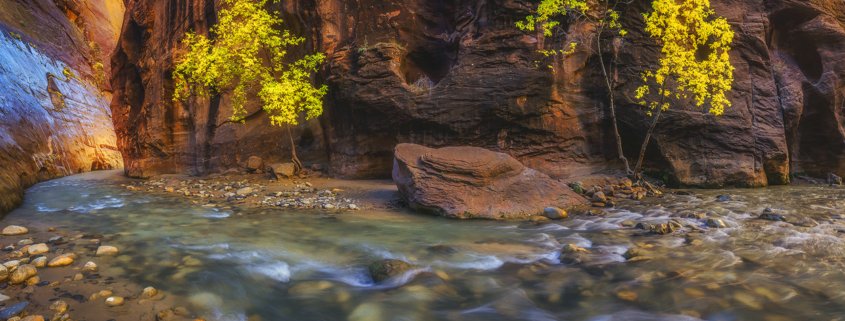


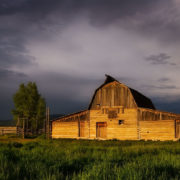
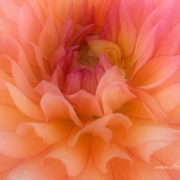
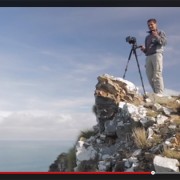


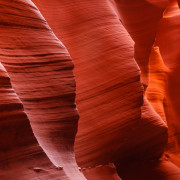


There is another reason: electronic first courtain, if your camera has it. It reduces all shutter vibration and makes a real difference in your images.
For a DSLR this also applies to Mirror Lockup. However you have to enable the mirror lockup functionality on most cameras (by default this functionality is turned off).